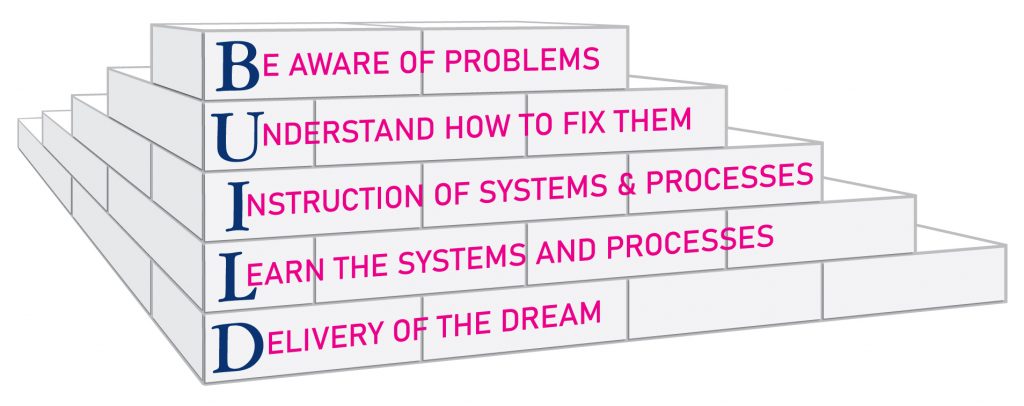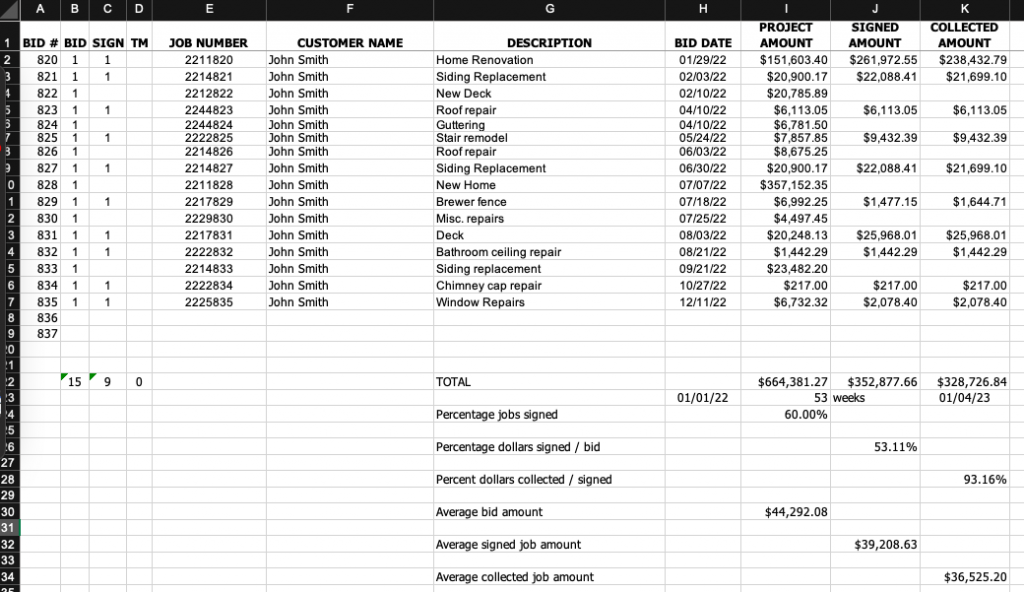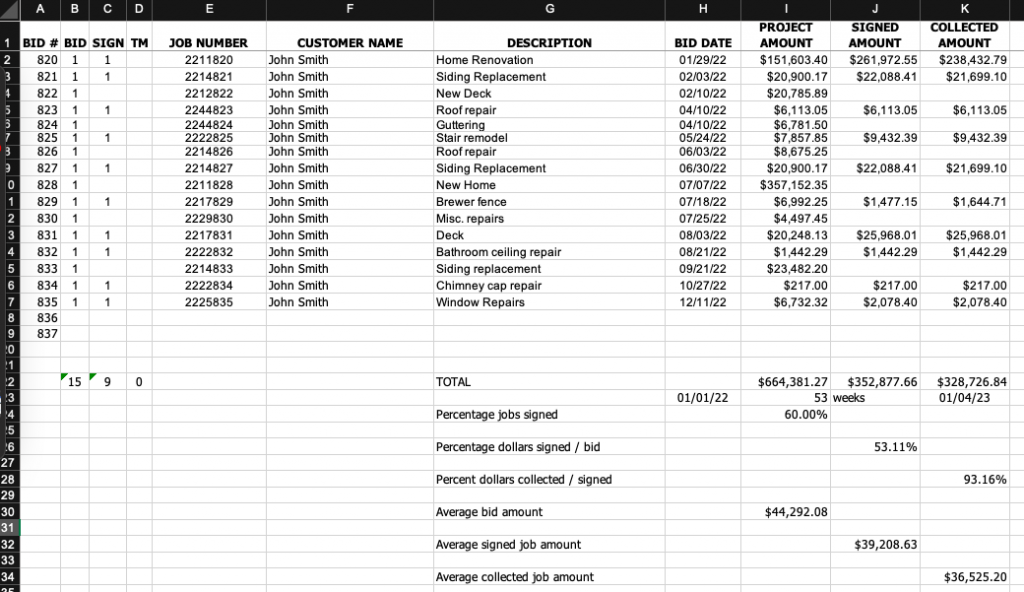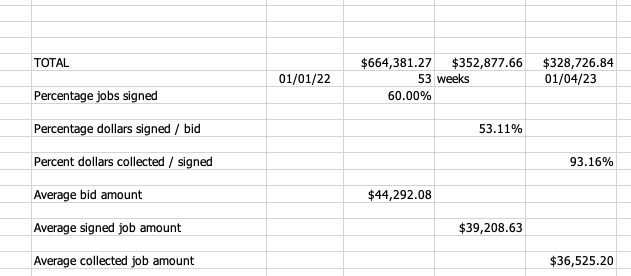The Question is, How Do You Know If You Have the Right One or Not?
In our last post we discussed how expensive home construction can be and the importance of knowing your builder.

If you’re not careful, building the home of your dreams can become a nightmare.
The number of times I’ve heard people say that building their new home was the worst experience of their life is too many. This is not how construction projects should be remembered.
So, as a construction customer, how can you avoid this from happening to you?
I recommend using the 5-step BUILD process.

This simple system will help you avoid construction catastrophes.
- Being aware that there are problems when it comes to construction. If you’ve never been involved in a construction project, they can look pretty smooth from the outside. Not so much. Part of the problem is that the professionals that do this every day know this and are prepared for it. Construction customers on the other hand can be surprised when this happens.
- Understanding what the problems are and what to do about them. If you know about the problems and are prepared it makes the process much easier to handle. There’s nothing quite so upsetting as when you’re expecting one thing and it’s not what you get.
- Information and Instruction. This step requires some research or guidance from someone who knows construction. This Information includes things like knowing what the processes and procedures of construction are or simply knowing what questions to ask. You can search the internet for the basic information but if you don’t know construction, it can be hard to tell what you can trust and what you can’t. This is where it is helpful to find a trusted professional.
- Learning can give the inexperienced construction customer confidence to ask questions of a professional builder. Being Informed and Instructed will help you Learn about the construction process so that you won’t be afraid to ask your builder questions.
A big part of the problem is that most builders either don’t realize customers are intimidated by them or they don’t care.
- Delivery of the DREAM is the final step of this process. This should be the goal of both the customer and the builder. It’s where all the scary, hard work and time pays off. The customer gets the home of their Dreams and the contractor makes a profit.

To achieve that dream it’s important to have a builder you can trust.
Bridging this gap between construction companies and customers is why here at Solution Building we’ve developed the 5-step BUILD process. This will help construction companies Be aware, Understand, get Information and Learn. Implementing this process pays off for both the customer and the builder when the Dream is Delivered.
This system includes a Business BUILDing Toolbox for Construction Companies full of document templates and instructions for things like:
- Proposals
- Contracts
- Change Orders
- Payment Applications
- Profit Comparisons
- Job Costs
- Saving Account Transfers
- OneNote systems and processes
There are also individual and group training courses available as well as custom designing and building of business systems for individual companies.
If you know of a builder or construction company that you think could benefit from this 5-step BUILD system, have them contact us for a free 30-minute construction company consultation.











































